Von Willebrand Disease Type 3
Von willebrand disease type 3. Genetic heterogeneity in a large cohort of Indian type 3 von Willebrand disease patients The molecular pathology of a large cohort of Indian VWD patients could be identified using a combination of techniques. Von Willebrand disease type 3 - Conditions - GTR - NCBI NCBI. If both parents carry this type of VWD they may not have symptoms but there is a one in four 25 chance that their children could inherit a copy of the VWD gene from both of them and have symptoms usually severe.
Von Willebrands disease. About one person in a million has it. Type 3 von Willebrand disease which is inherited as an autosomal recessive disorder is associated with a severe quantitative defect or virtual absence of VWF in plasma a prolonged bleeding time and more severe bleeding tendencies compared to the other types of VWD.
Severe type 3 VWD VWD3 is characterised by complete absence or presence of trace amounts of non-functional von Willebrand factor VWF. Mutations are identified in up to 90 of cases. Type 3 VWD is an autosomal recessive disorder which accounts for only 1 of patients with VWD and is characterized by a virtual absence of VWF and low levels of Factor VIII.
The study was designed to evaluate the VWF mutations in VWD3 patients and characterise the breakpoints of two identified homozygous novel large deletions. A subtype of von Willebrand disease that results from a total or near total deficiency of VON WILLEBRAND FACTOR. Type 3 is the most severe and rarest form of the condition.
Some people with this type of VWD may also be low in factor VIII factor eight. A wide heterogeneity was observed in the nature of mutations in Indian VWD patients. Type 3 VWD is found in 5-10 of patients.
Inheritance of von Willebrand disorder type 2N and 3 In type 3 and type 2N and some type 1 and 2A VWD the VWD gene is recessive. Background Antibodies inhibiting von Willebrand factor VWF develop in a subset of patients with type 3 von Willebrand disease VWD3 and may be detected by their inhibition of ristocetin cofactor. Type 3 von Willebrand Disease Type 3 is the rarest type of VWD.
D680 is a billablespecific ICD-10-CM code that can be used to indicate a diagnosis for reimbursement purposes. See also Goodeve and James 2011.
About one person in a million has it.
A subtype of von Willebrand disease that results from a total or near total deficiency of VON WILLEBRAND FACTOR. Type 3 is the most severe and rarest form of the condition. Inheritance of von Willebrand disorder type 2N and 3 In type 3 and type 2N and some type 1 and 2A VWD the VWD gene is recessive. See also Goodeve and James 2011. Genetic heterogeneity in a large cohort of Indian type 3 von Willebrand disease patients The molecular pathology of a large cohort of Indian VWD patients could be identified using a combination of techniques. About one person in a million has it. Type 3 VWD is found in 5-10 of patients. Symptoms are typically severe and include spontaneous bleeding episodes often into their joints and muscles. Von Willebrand disease is divided into three types with type 2 being further divided into four subtypes.
VWD Type 3 is the most severe form. Type 3 von Willebrand disease which is inherited as an autosomal recessive disorder is associated with a severe quantitative defect or virtual absence of VWF in plasma a prolonged bleeding time and more severe bleeding tendencies compared to the other types of VWD. Background Antibodies inhibiting von Willebrand factor VWF develop in a subset of patients with type 3 von Willebrand disease VWD3 and may be detected by their inhibition of ristocetin cofactor. Inheritance of von Willebrand disorder type 2N and 3 In type 3 and type 2N and some type 1 and 2A VWD the VWD gene is recessive. Type 3 is the most severe and rarest form of the condition. Type 3 VWD is found in 5-10 of patients. Von Willebrand disease is divided into three types with type 2 being further divided into four subtypes.

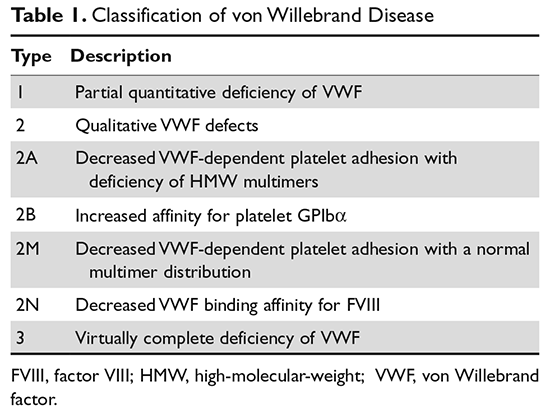
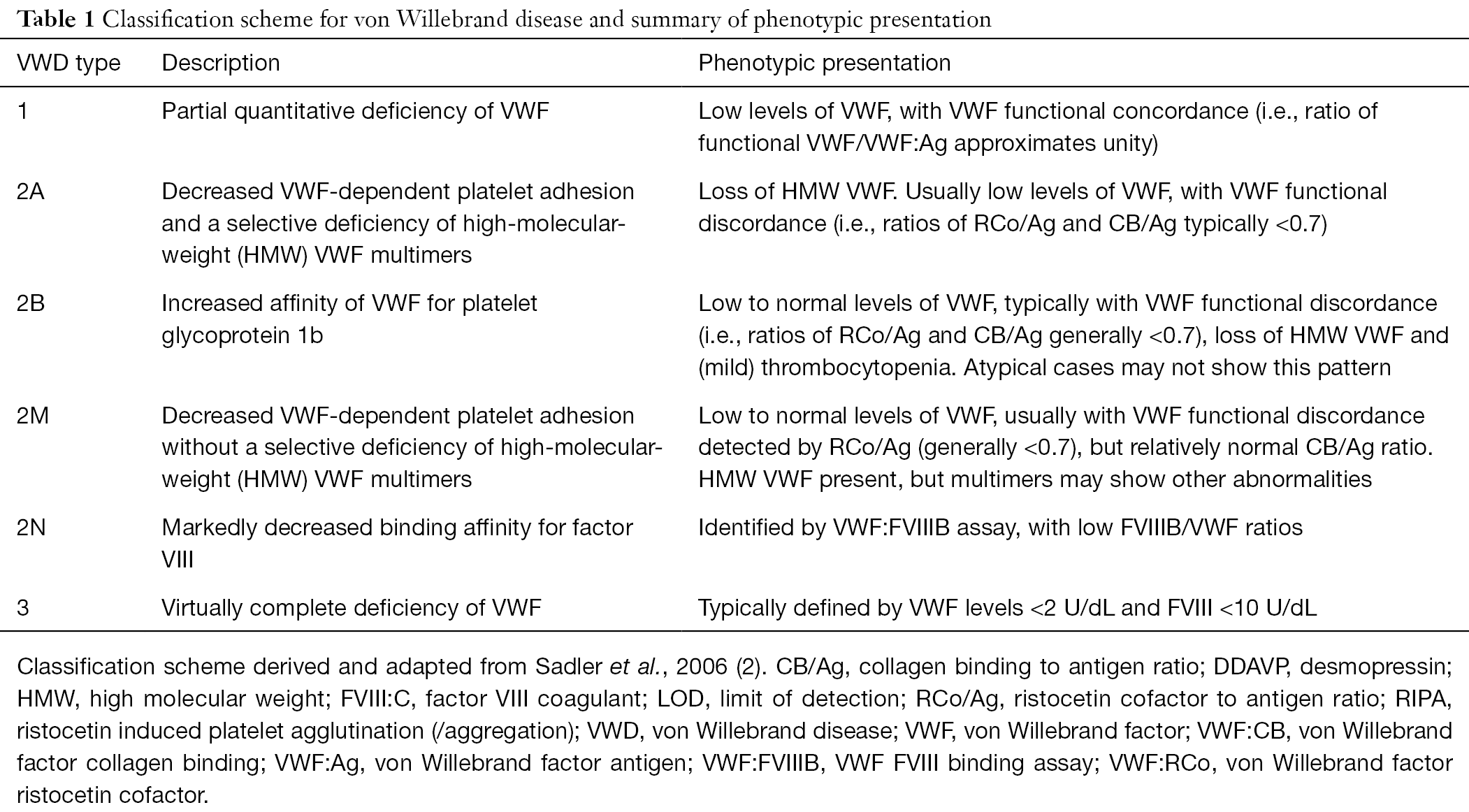

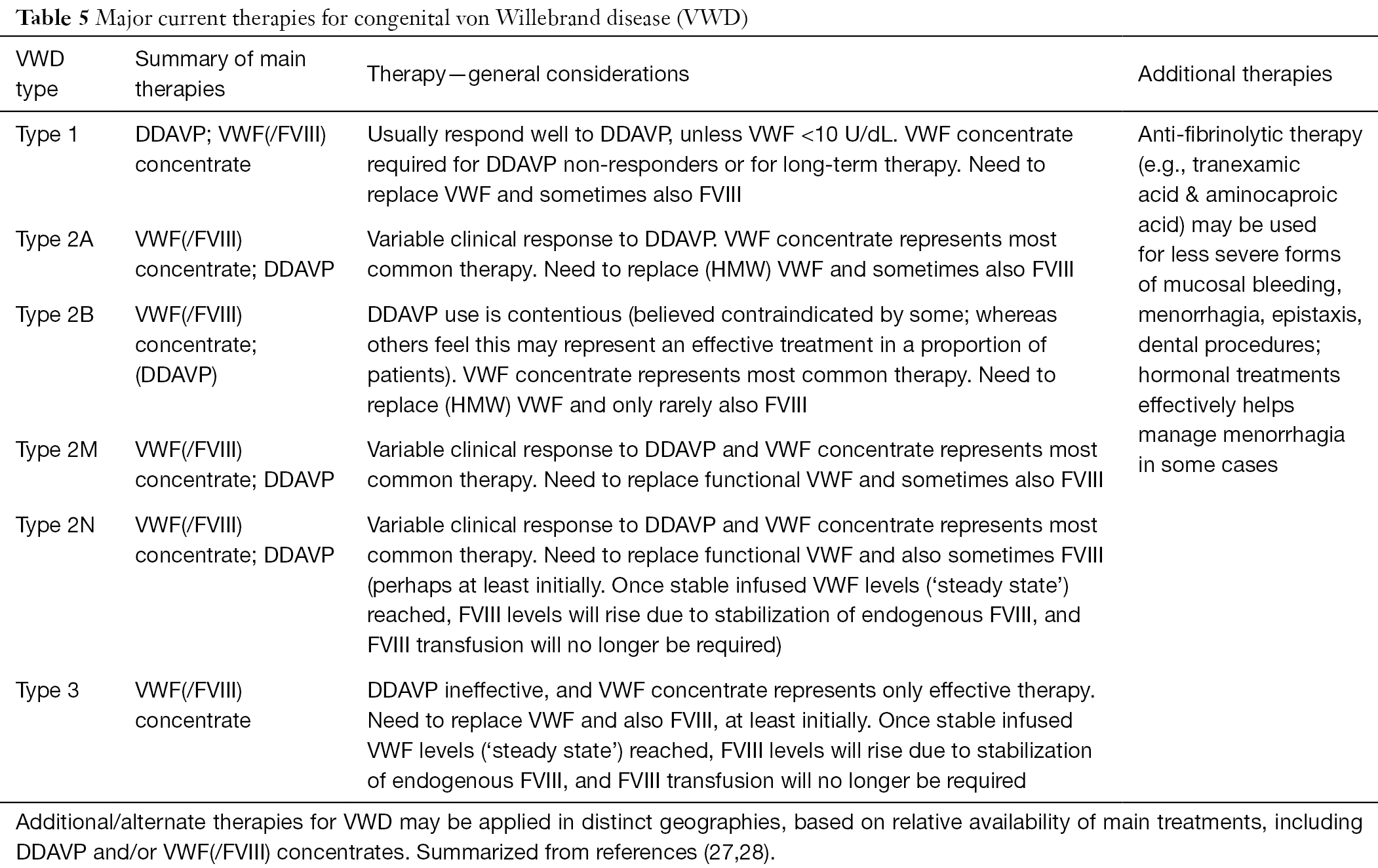

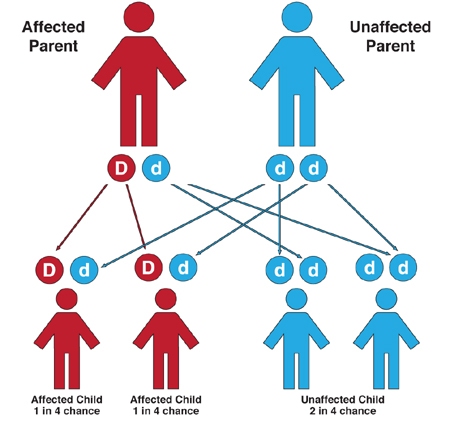
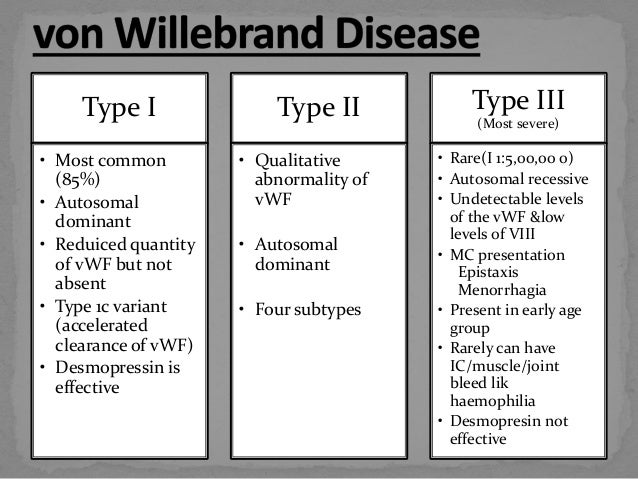
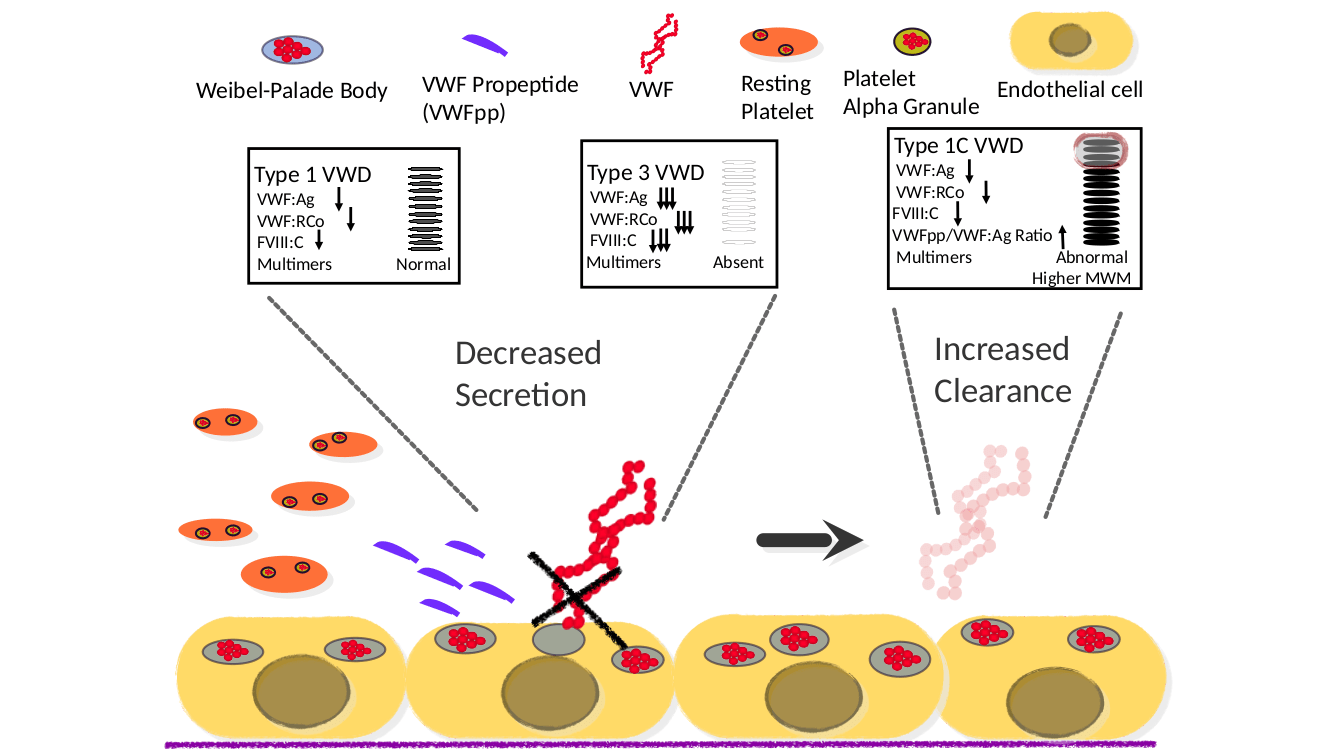
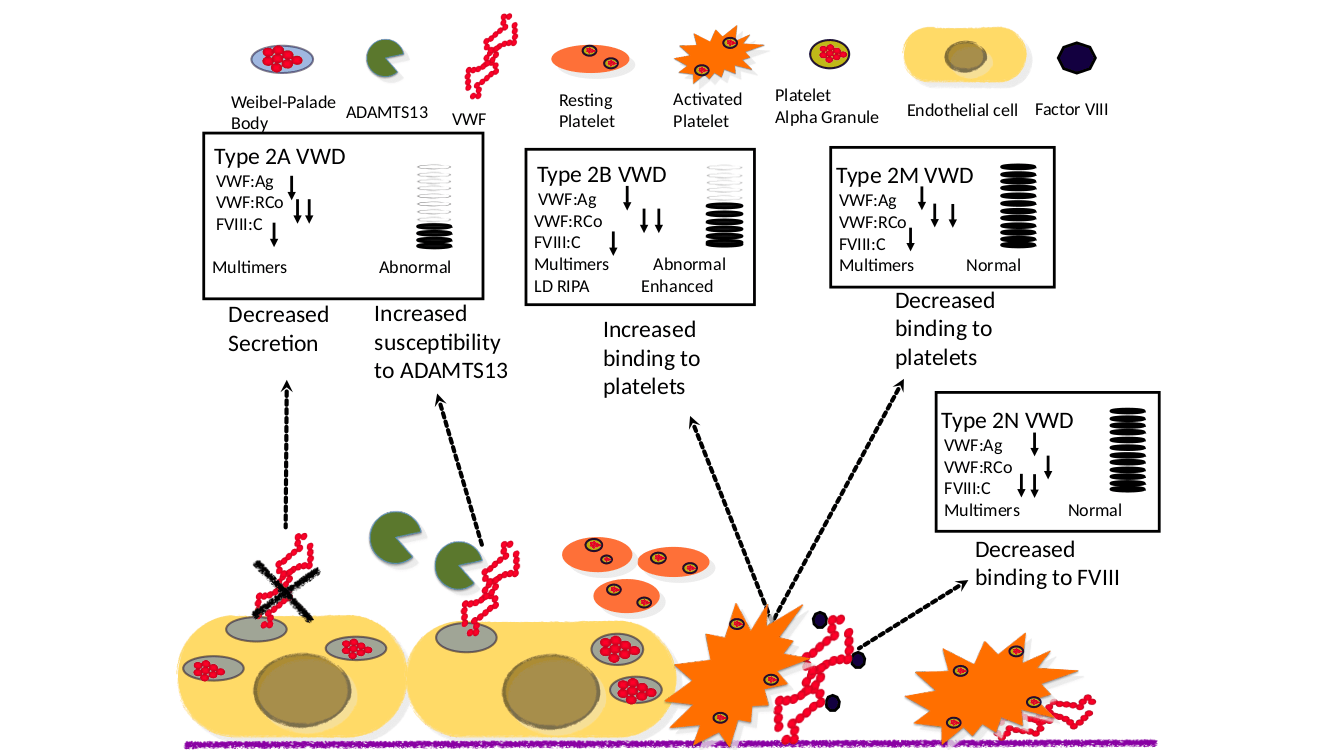



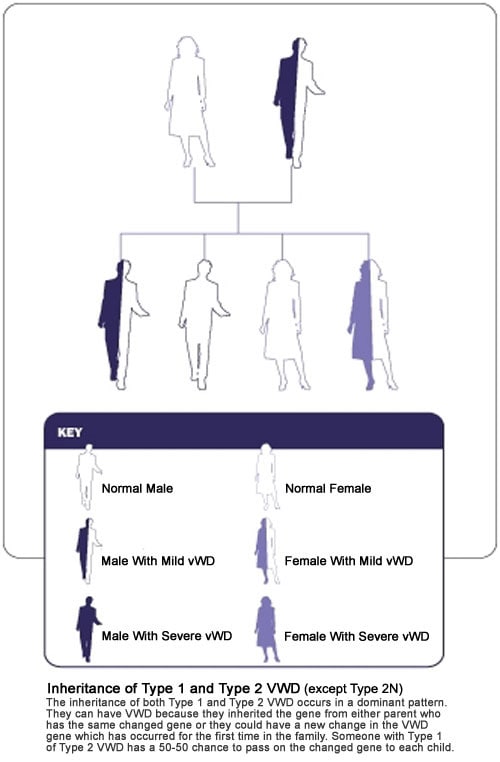







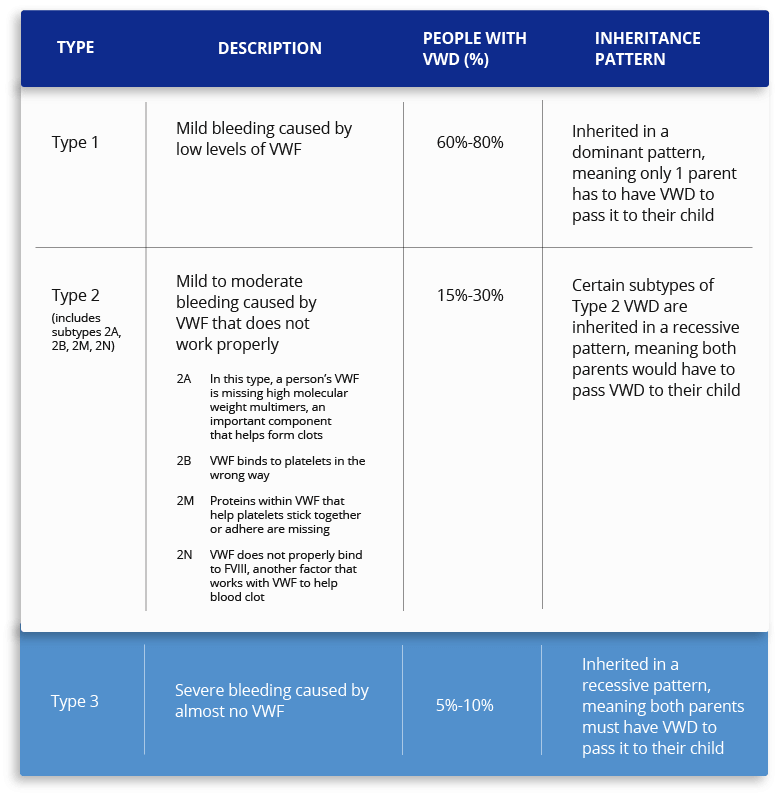

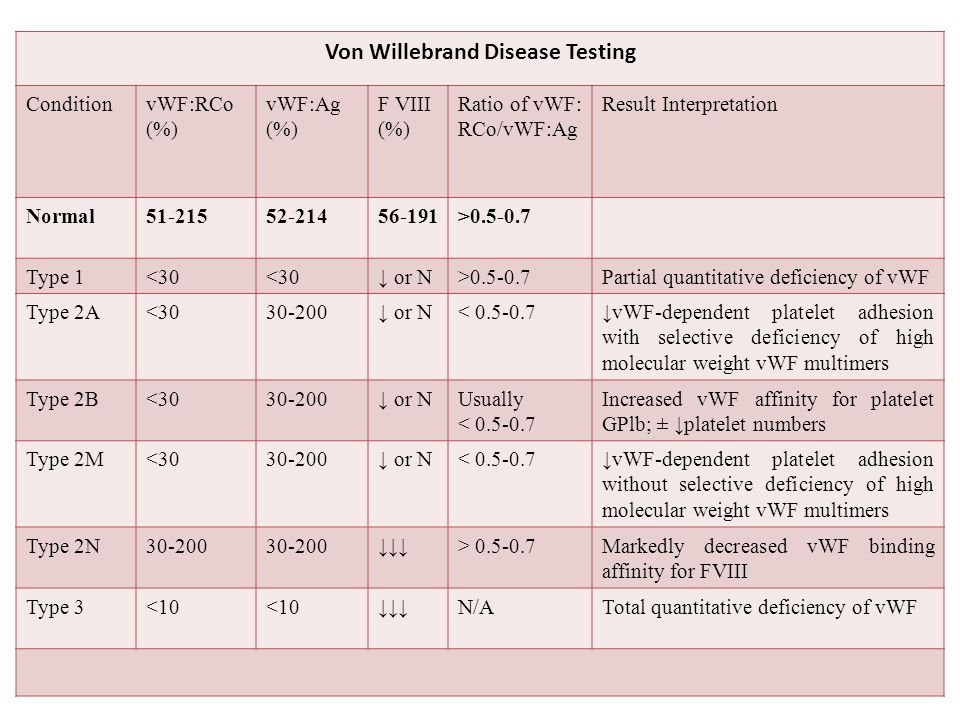
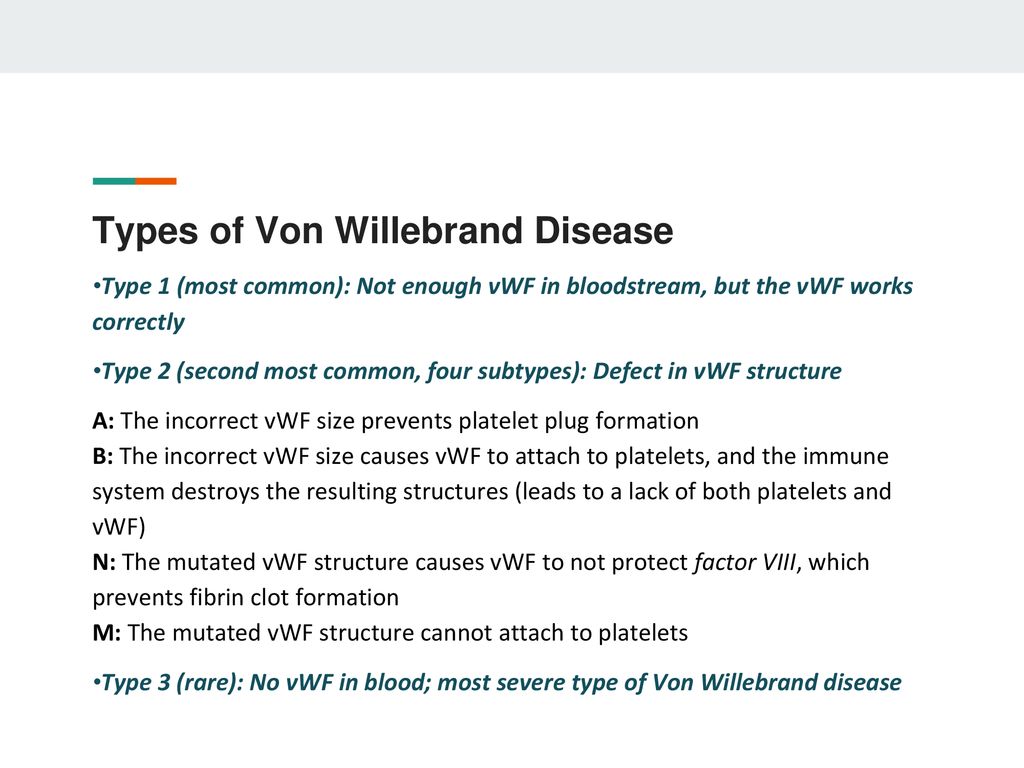
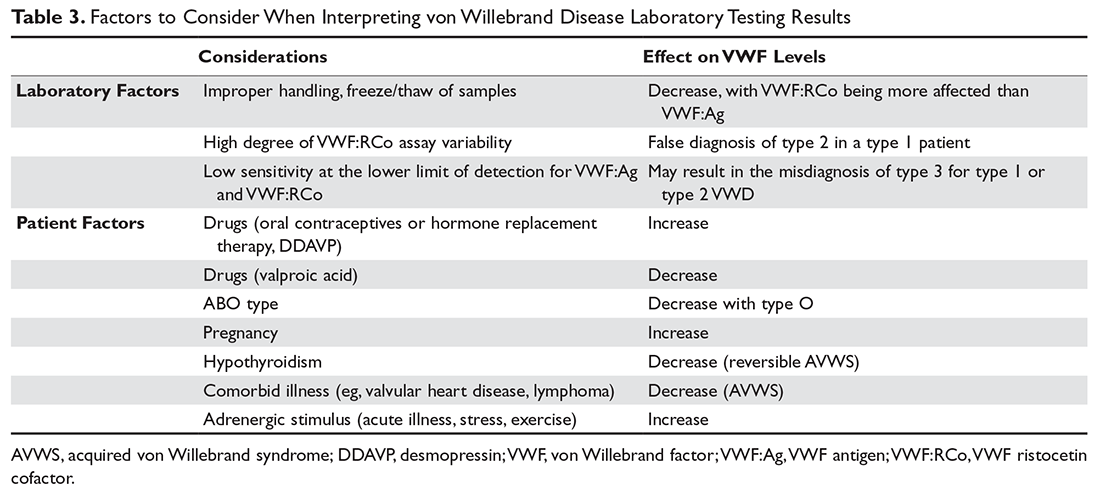
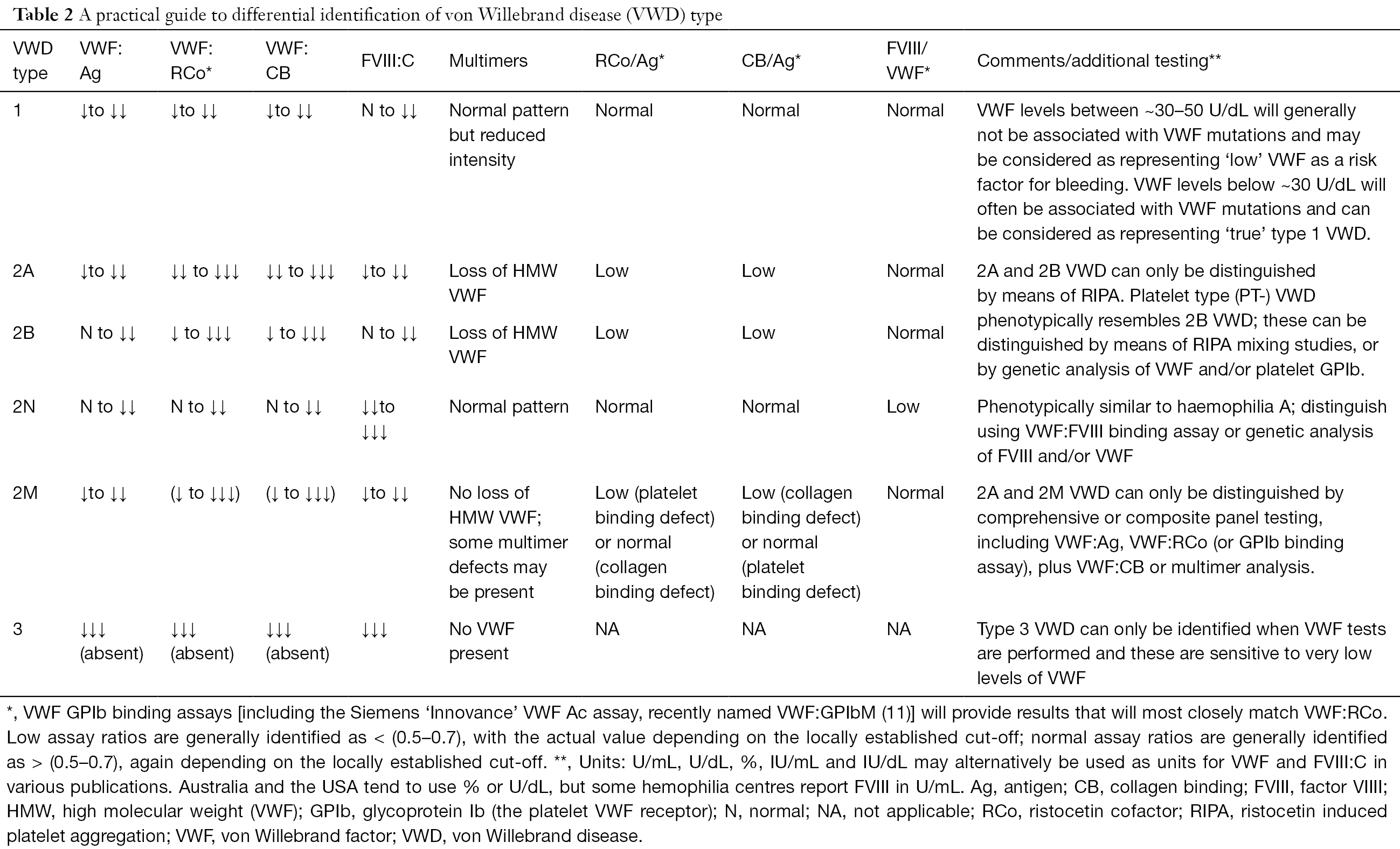

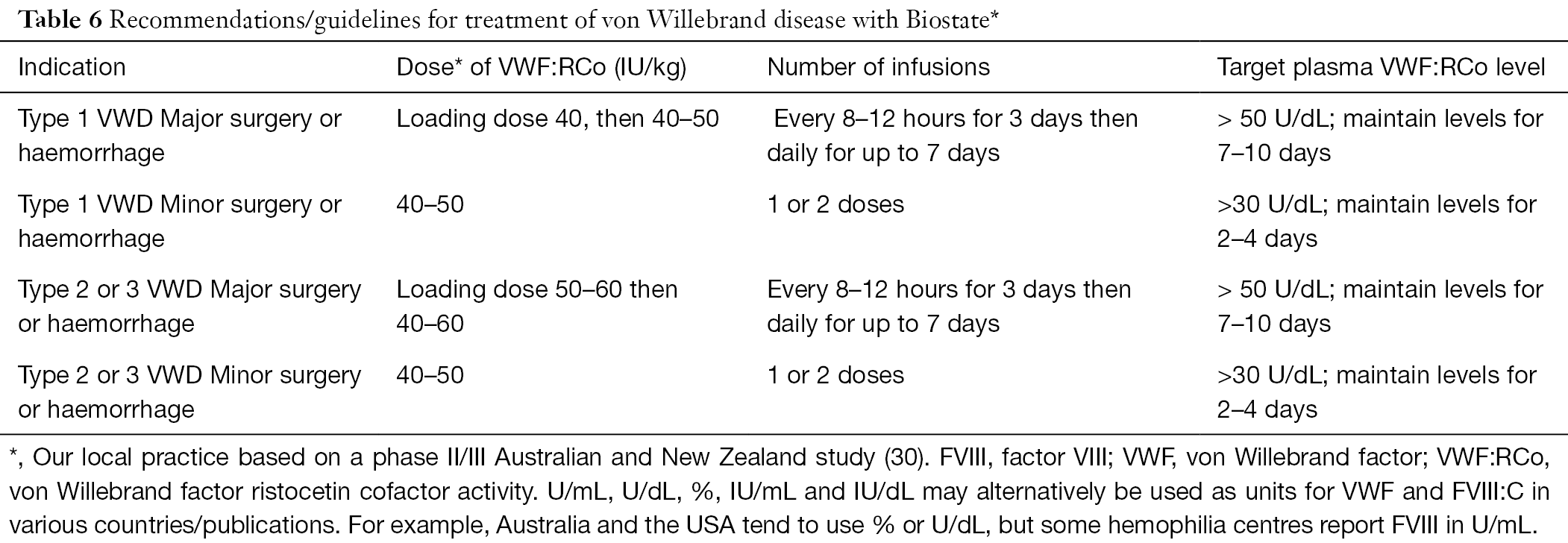

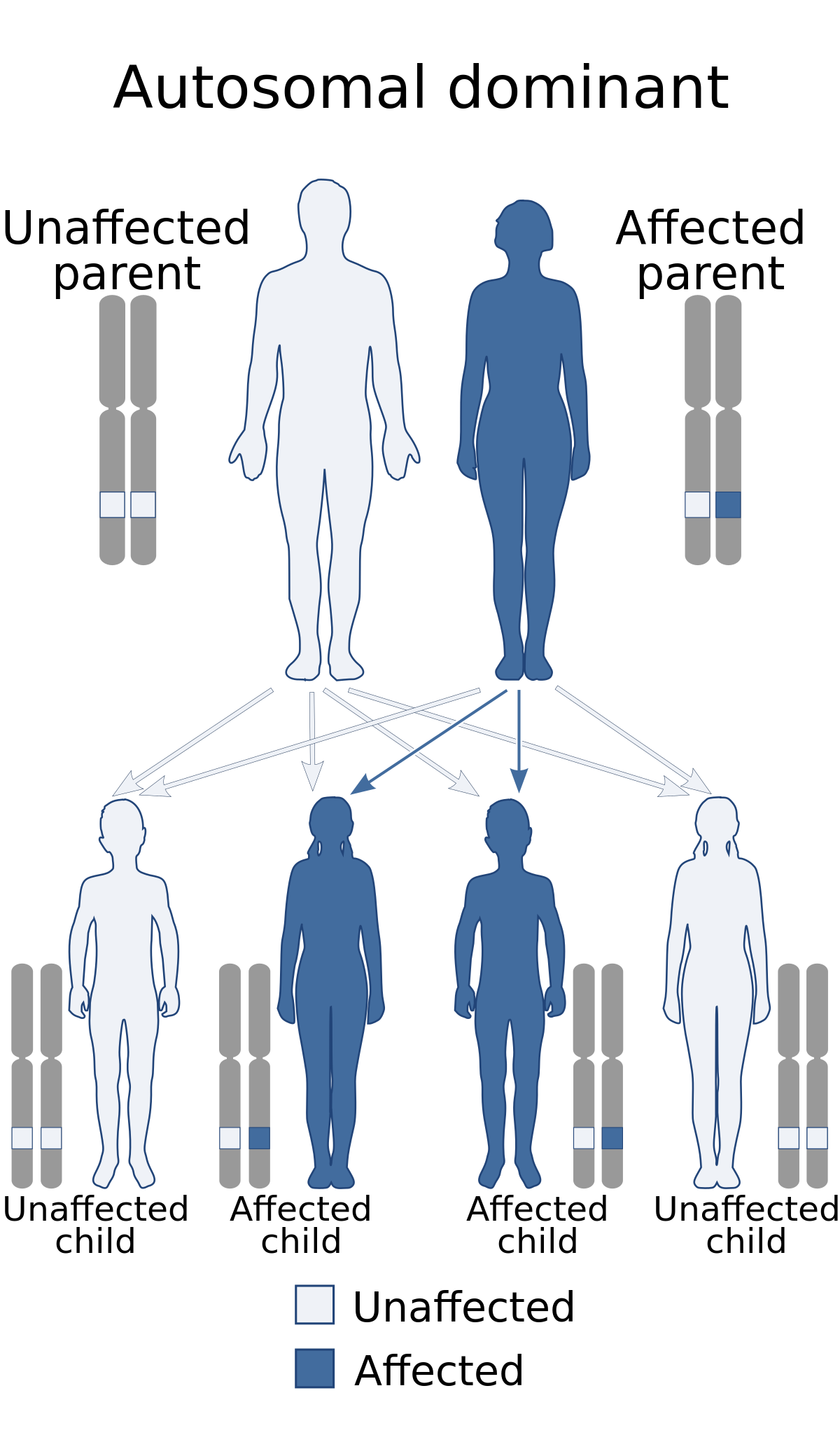
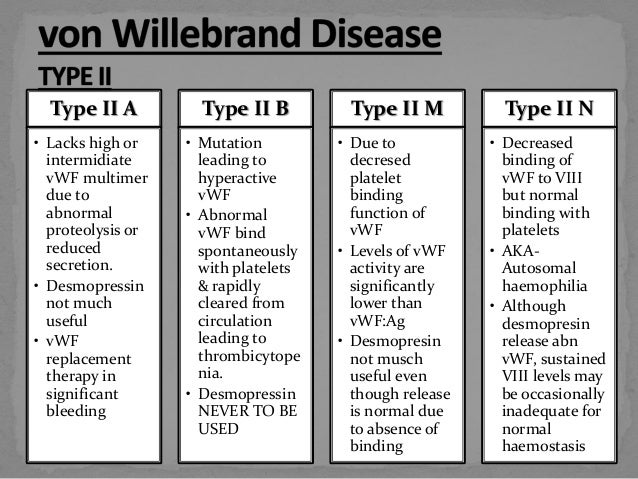

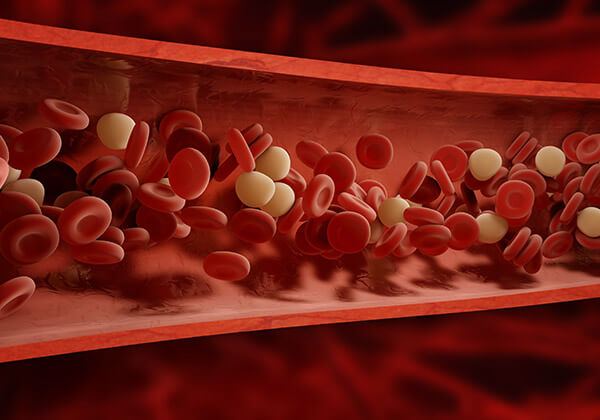

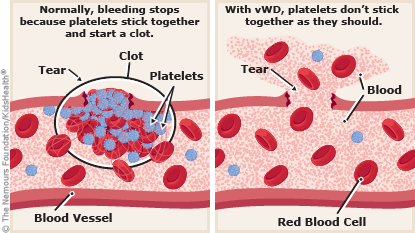






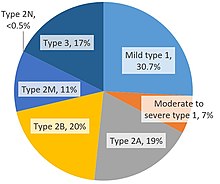
Posting Komentar untuk "Von Willebrand Disease Type 3"